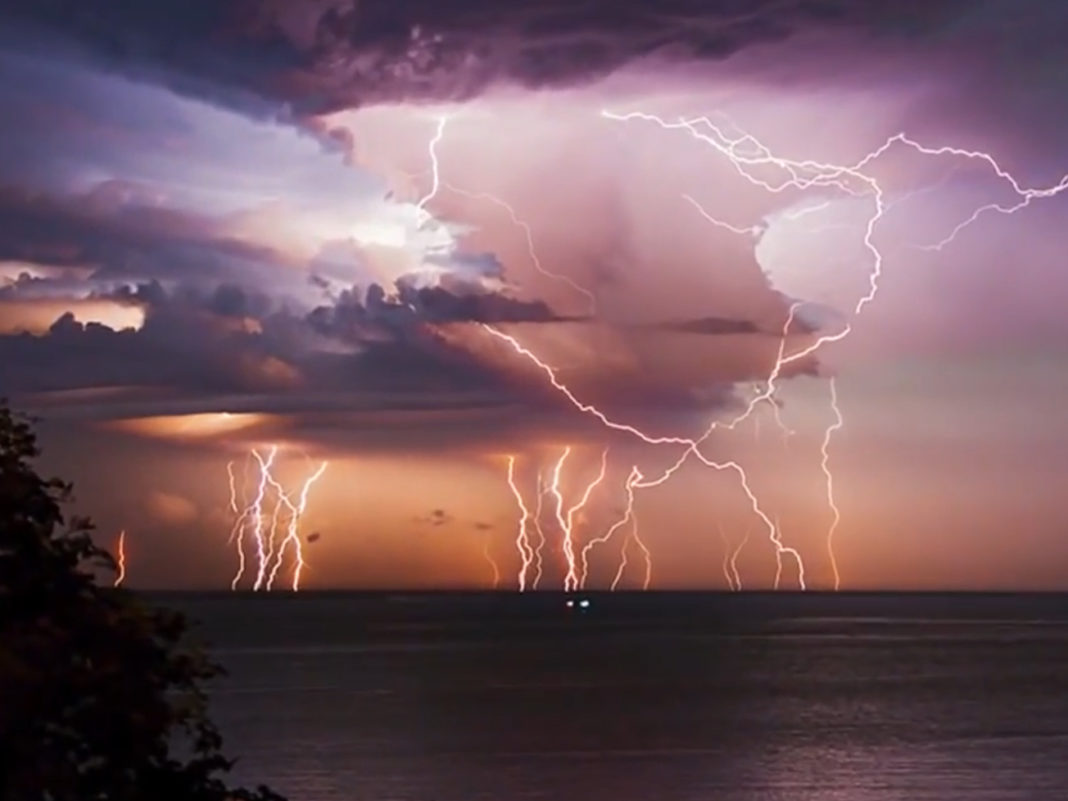Lake Maracaibo’s landscape is characterized by its vast expanse of water surrounded by lowlands and marshes. The lake itself covers an area of around 13,000 to 18,000 square kilometers, depending on the water level, making it one of the largest inland bodies of water in South America. The shores of the lake are relatively flat, with mangrove forests and wetlands in many areas.
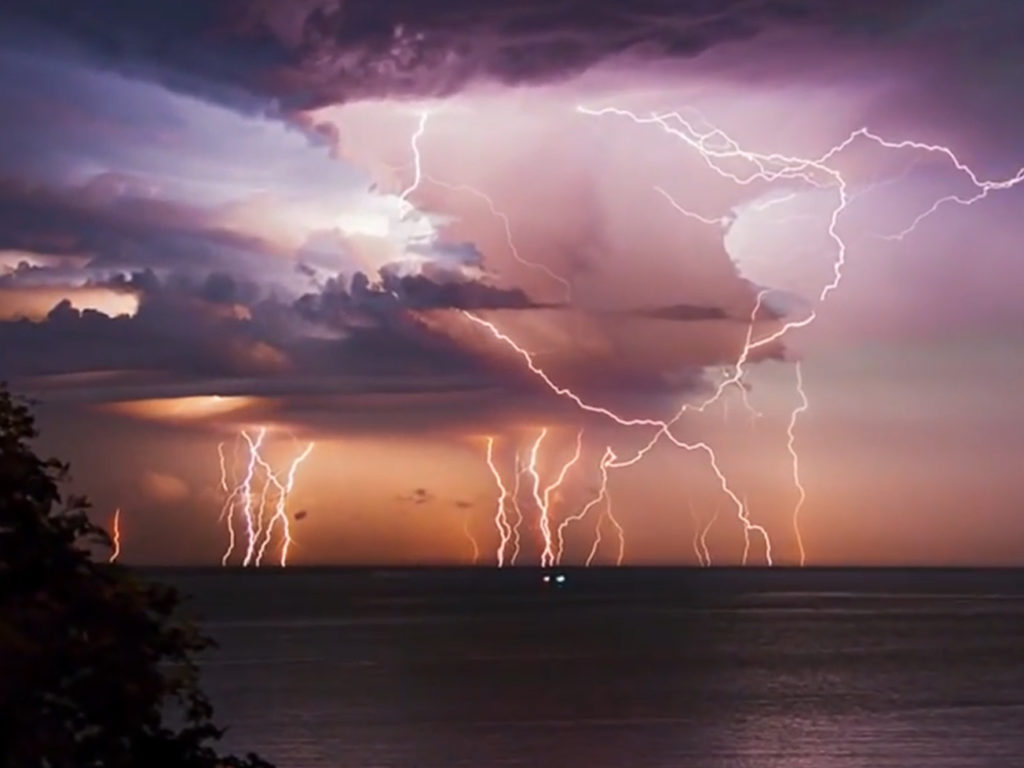
The Catatumbo lightning phenomenon is one of the most remarkable features of Lake Maracaibo. This atmospheric event occurs predominantly over the Catatumbo River delta, which feeds into the southern part of the lake. The lightning appears as intense, nearly continuous flashes of light, usually during the late afternoon and night, and can be seen from miles away.
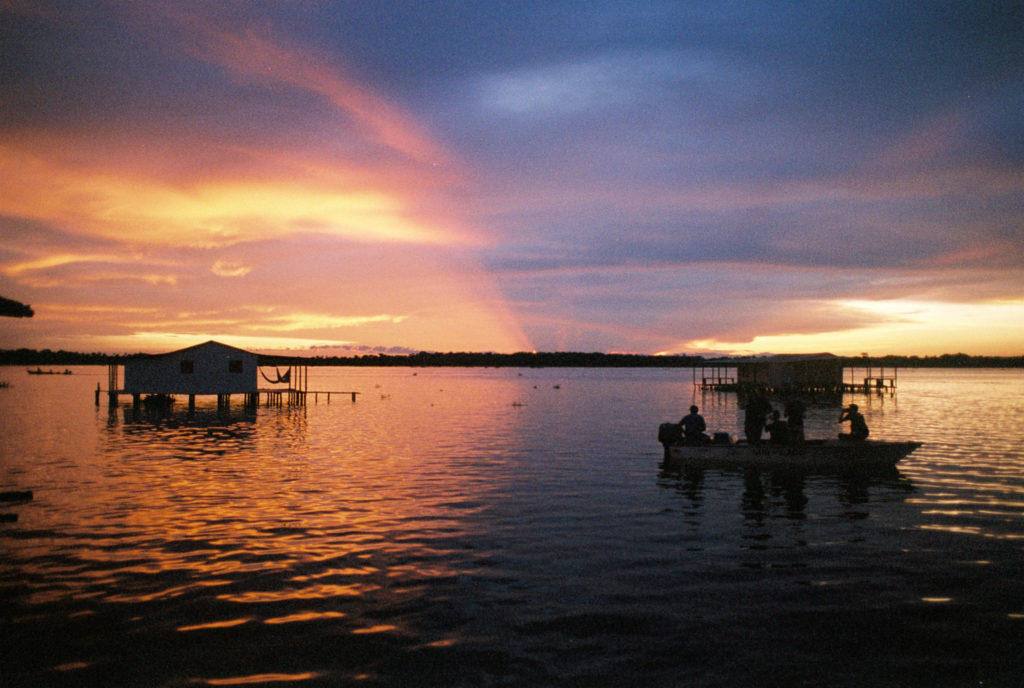
Several factors contribute to the Catatumbo lightning phenomenon, including the unique geography of the area, the convergence of warm Caribbean winds with cold Andean air currents, and the presence of methane gas from the marshes around the lake. These conditions create an ideal environment for the formation of electrical storms, leading to the frequent lightning activity.
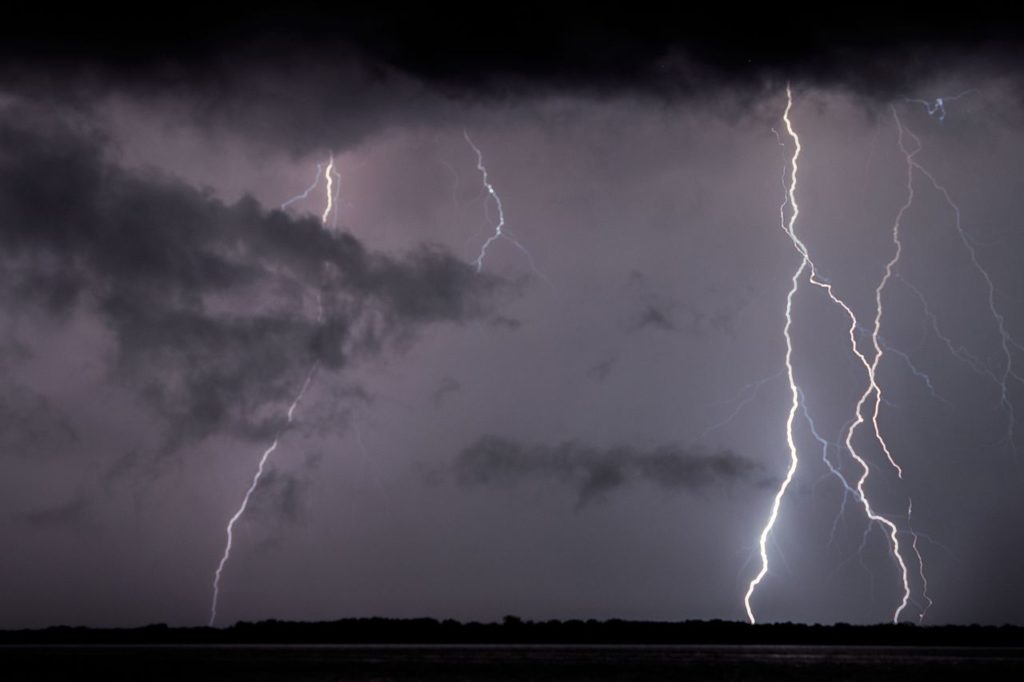
The lightning storms over Lake Maracaibo can be both awe-inspiring and potentially hazardous. While the phenomenon has become a tourist attraction and a subject of scientific research, it also presents risks to local communities and infrastructure due to the intensity and frequency of the lightning strikes.
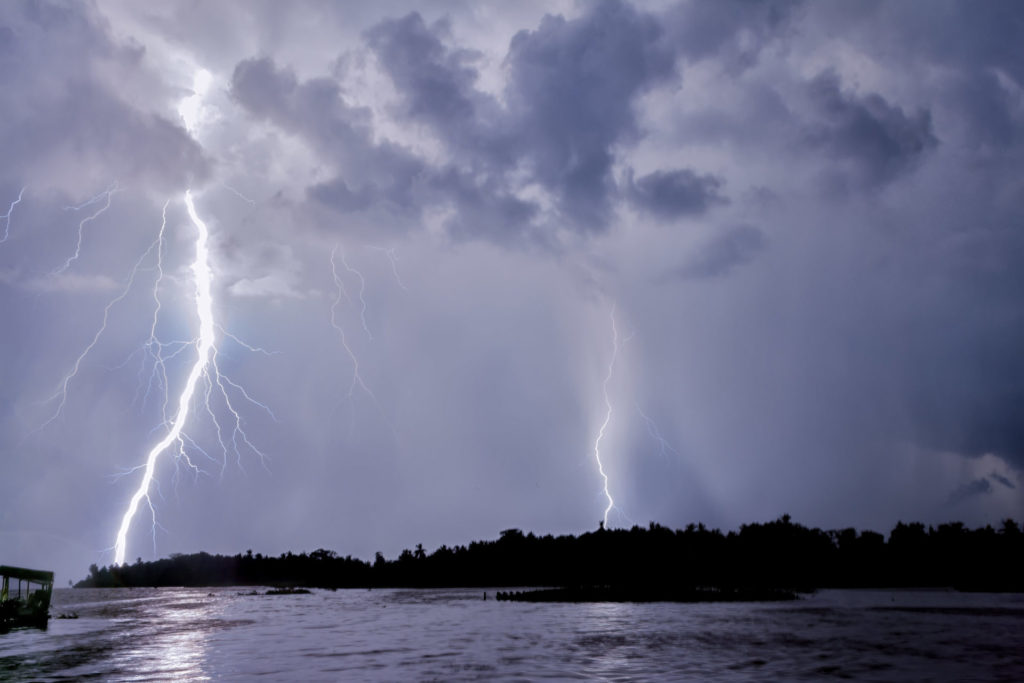
According to the Internet





